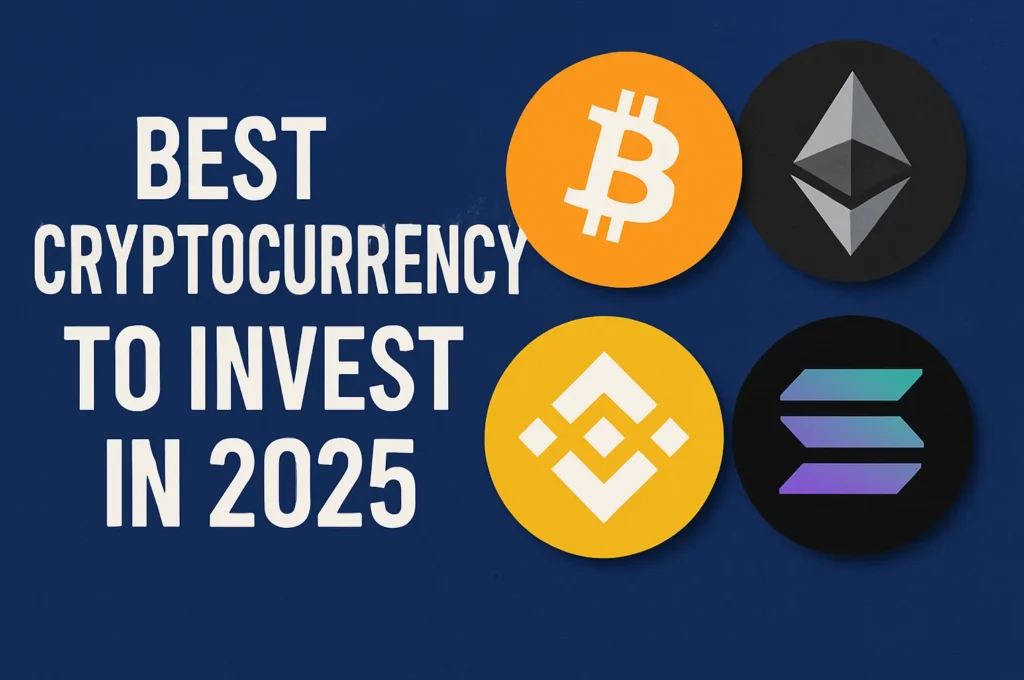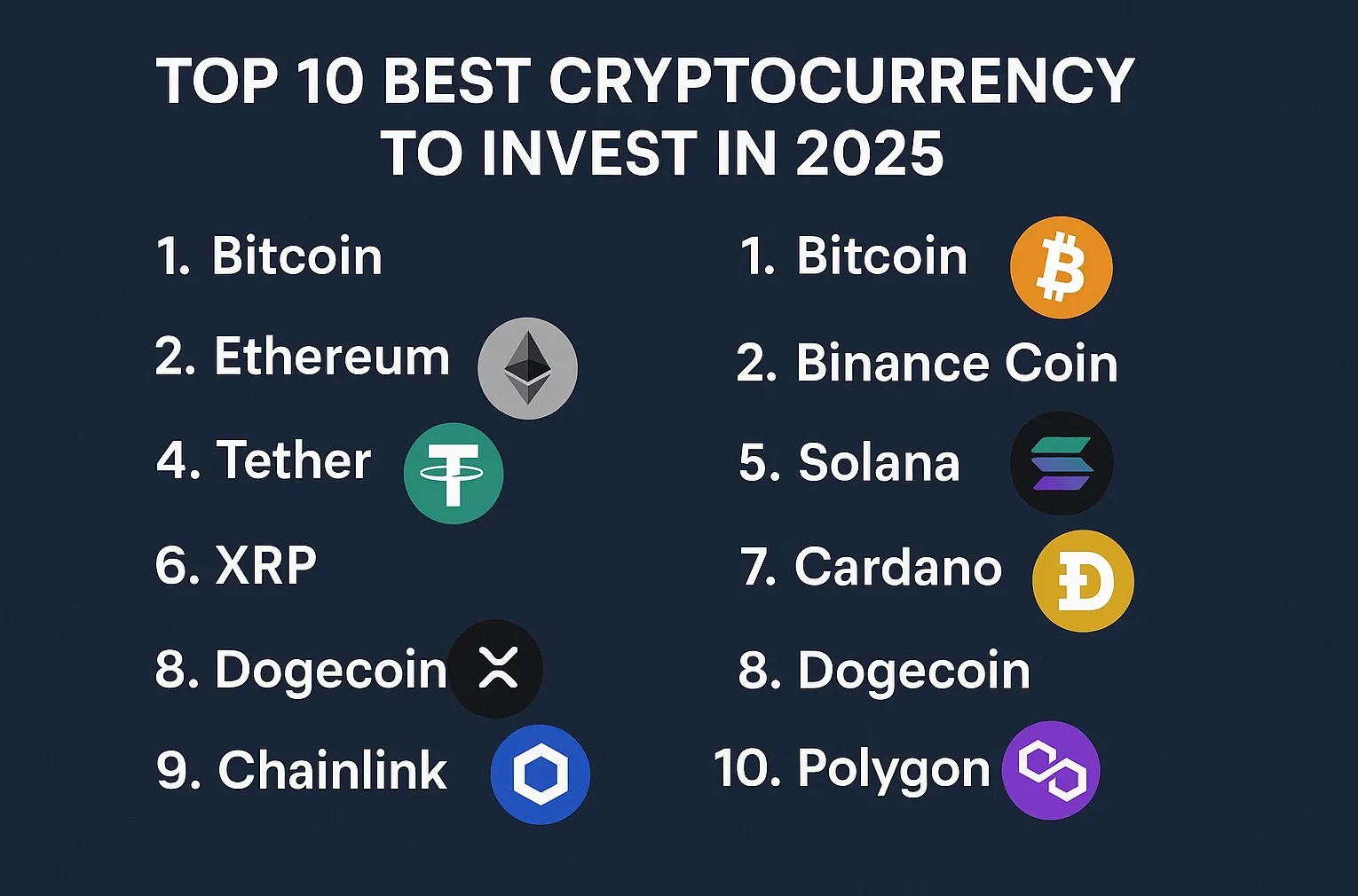Ethereum is once again at the center of the crypto conversation. The second-largest blockchain by market capitalization is approaching a technically significant price zone just as whales—large holders capable of moving the market with a few decisive transactions—begin to reposition. This confluence has intensified market sentiment swings and placed Ethereum price action under a microscope. Whether you trade daily or allocate for the long term, understanding how whale behavior, on-chain data, and macro factors intersect can help you navigate what may be a pivotal moment for ETH.
In this deep dive, we’ll connect the dots between whale accumulation and distribution patterns, liquidity pockets, derivatives positioning, and network fundamentals such as staking, gas fees, and DeFi activity. We’ll also map out the key support and resistance levels that often act as decision points in trending markets. By the end, you’ll have a clear framework for interpreting Ethereum’s current setup and the possible paths from here.
Why This Ethereum Price Test Matters Now
A “price test” isn’t just about a single line on a chart. It’s about the broader battleground between buyers and sellers clustered around price zones that matter psychologically and technically. For Ethereum, crucial areas usually form where prior rallies stalled or where heavy demand previously stepped in. When the Ethereum price revisits those regions, liquidity increases, and that’s when whales often make their move—either defending positions or unloading into strength.
The Role of Liquidity in ETH Price Behavior
Liquidity dictates how far price can travel on a given impulse. If sell-side liquidity sits just above an obvious resistance, an upward thrust can fade as ETH absorbs offers. Conversely, if the order book thins at support, a quick sweep lower can trigger liquidations before buyers step back in. Whale wallets are adept at exploiting these dynamics: they can create demand walls to discourage short sellers or, just as easily, hit bids to force capitulation from over-leveraged longs.
Sentiment as a Feedback Loop
Crypto markets are reflexive. Headlines about whale accumulation, funding rate flips in derivatives markets, or a sudden drop in gas fees can nudge trader expectations, which then become self-fulfilling as positions realign. When sentiment turns, it tends to reinforce itself—until a new shock interrupts the loop. That’s why the present market sentiment shift around Ethereum feels consequential; it’s happening as technicals, on-chain data, and macro variables all come to a head.
Reading Whale Activity: Signal vs. Noise

Whale movements are not all equal. To separate signal from noise, pay attention to the context: timing relative to key levels, wallet behavior patterns, and the relationship between on-chain flows and exchange balances.
Exchange Inflows and Outflows
One of the most watched metrics is net ETH moving onto or off of exchanges. Rising exchange balances can imply sell pressure; dwindling balances can suggest accumulation or long-term storage. However, this isn’t a standalone signal. Whales also use OTC desks and custody solutions that don’t immediately reflect on public exchange addresses. The best read comes from correlating exchange flows with price reactions at support and resistance, plus changes in derivatives positioning.
Smart Money Rotation and Wallet Clusters
Sophisticated analytics cluster addresses into “entities” and track their historical behavior. Some whale clusters consistently buy capitulation wicks; others scale out into strength. When wallet clusters that historically time major lows start drawing down exchange balances, it can be an early sign of a shift. Likewise, a cluster that tends to offload into rallies becoming more active near a critical resistance can warn that upside may be limited.
The Funding Rate and Open Interest Lens
Derivatives metrics filter whale intent through leverage. Spiking open interest near a price ceiling can indicate fuel for a short squeeze—if ETH can break and hold above resistance. Conversely, crowded longs with positive funding can make the market vulnerable to abrupt downside wicks if whales trigger cascading liquidations. The interaction between spot and derivatives tells you whether the current move is organically supported or leverage-driven.
Technical Structure: Mapping Support and Resistance
To frame the “crucial price test,” you need a roadmap of the levels that have mattered to market participants over the last several months. While exact numbers change with time, the logic remains consistent: identify ranges where Ethereum price has previously consolidated, reversed, or accelerated.
Identifying High-Timeframe Levels
High-timeframe (HTF) levels on the daily or weekly chart carry more weight because they capture the behavior of long-term participants. Prior weekly swing highs often act as resistance on first touch; old ranges’ midlines frequently act as magnets. When ETH approaches a weekly pivot while whales reshuffle holdings, expect volatility. A decisive weekly close above resistance transforms it into support, while rejections hint at distribution.
The Power of Confluence
Trading levels in isolation is risky. Look for confluence between horizontal S/R, moving averages, Fibonacci retracements, and volume profile high-volume nodes. For instance, if a volume shelf aligns with a 200-day moving average and a prior swing high, that area becomes a high-stakes battlefield. Whales know these confluence clusters and often stage campaigns there—either to defend or to fade a move.
Market Structure and Momentum
Structure comes down to higher highs and higher lows in an uptrend, or lower highs and lower lows in a downtrend. Momentum oscillators can help validate that structure, but price is primary. If Ethereum is printing a series of higher lows into a capped resistance, you’re looking at a potential ascending triangle style squeeze—especially potent if derivatives shorts pile in. If rallies are sold earlier and earlier, lower highs warn of distribution.
On-Chain Fundamentals: Beyond the Chart
The beauty of Ethereum is that it’s a transparent, programmable network. You don’t have to guess at usage; you can observe it. While on-chain metrics should not be used in isolation for short-term trades, they offer invaluable context.
Staking Dynamics and Liquid Staking Derivatives
Since the transition to proof-of-stake, staking has become an important structural factor. A growing proportion of supply staked can reduce circulating float, potentially amplifying price reactions when demand surges. Liquid staking tokens (LSTs) add liquidity to staked positions, letting participants maintain exposure while accessing DeFi. Watch for shifts in staking inflows and LST yields; they can telegraph changing risk appetites and market sentiment.
DeFi, Stablecoin Flows, and Real Usage
Sustained DeFi activity suggests real demand for blockspace. Rising stablecoin inflows into Ethereum can precede risk-on rotations into ETH and altcoins, while outflows may signal caution. Lending rates, DEX volumes, and TVL trends provide clues about whether users are deploying capital or retreating to safety. If whale accumulation coincides with strengthening on-chain activity, it increases the odds that demand is organic rather than purely speculative.
Gas Fees and Layer-2 Expansion
Gas fees reflect demand for blockspace and the state of scaling. When fees fall due to efficiency gains or Layer-2 (L2) migration, it can either signal a lull in demand or a healthier, more efficient throughput. Rising L2 adoption—rollups and validiums—can expand the addressable market while keeping costs manageable. For ETH holders, robust L2 growth strengthens the investment case by anchoring Ethereum as the settlement layer for web3.
Macro and Cross-Asset Drivers You Can’t Ignore
Crypto doesn’t trade in a vacuum. Rates, liquidity, and risk sentiment from broader markets can supercharge or suppress Ethereum price trends.
Dollar Liquidity and Risk Appetite
A stronger dollar and tighter financial conditions often weigh on risk assets, including ETH. Conversely, easing financial conditions tend to lift the entire risk complex. Monitoring DXY (U.S. Dollar Index), Treasury yields, and equity indices provides a macro backdrop. If whales are accumulating into a macro risk-off phase, they may be positioning early for a shift in liquidity conditions.
Bitcoin as the Gravity Well
Bitcoin frequently sets the tone. When BTC consolidates after a strong run, capital often rotates into Ethereum and high-quality altcoins. If BTC breaks down from a key level, it can pull ETH with it regardless of on-chain strength. Watch the ETH/BTC ratio: trending higher suggests Ethereum outperformance, often linked to DeFi cycles, new L2 narratives, or staking demand. Whale behavior in ETH often mirrors the cross-pair trend.
Scenarios: What the Next Move Could Look Like
With whales active and a critical zone in play, here are the primary paths forward. Think in probabilities, not certainties, and let the data tilt the scales.
Bullish Continuation: Break, Backtest, Expand
In a bullish scenario, Ethereum price pushes through resistance on rising spot volume, backed by decreasing exchange balances and stable funding. A brief backtest—“break and retest”—confirms the level as support. If open interest rebuilds without overheating funding rates, the path opens toward the next liquidity pocket. You’ll likely see whale accumulation continue on dips, on-chain activity perk up, and DeFi flows follow.
Range Persistence: Fade the Extremes
If ETH lacks the fuel to break out, expect range behavior. Whales may sell into the upper boundary and accumulate near the bottom, keeping price trapped while they harvest liquidity. This scenario rewards patience: traders fade the extremes and wait for a genuine expansion in volume or a structural shift in market sentiment before pressing directional bets.
Bearish Rejection: Liquidity Sweep and Lower Highs
A sharp rejection from resistance accompanied by rising exchange inflows and negative spot CVD (cumulative volume delta) suggests supply has the upper hand. If whales lean into distribution and derivatives longs become trapped, expect a fast move to support, possibly through a liquidity sweep of prior lows. Momentum then stalls, producing a lower high—the tell for further downside unless demand reappears decisively.
Building a Data-Driven ETH Plan
Having a plan beats reacting to headlines. Here’s how to integrate the moving parts into a coherent approach.
Define Your Levels in Advance
Mark the support and resistance bands that matter on daily and weekly charts. Include range midpoints and volume profile nodes. Knowing where the battleground lies reduces emotional decision-making when the Ethereum price rushes into a hot zone.
Track Whale and Derivatives Signals Together
Pair on-chain exchange balance trends with open interest, funding rates, and basis. A breakout with tame funding and rising spot volume is healthier than one carried by frothy leverage. Conversely, a breakdown fueled by sudden exchange inflows and negative basis is more credible than a slow bleed.
Respect Risk, Size, and Time Horizons
Volatility is a feature, not a bug. That means position sizing and invalidation levels matter. Long-term investors might scale in at support bands and ignore short-term noise, while short-term traders tighten risk around breakout or breakdown triggers. Align your approach with your time horizon and your tolerance for drawdowns.
The Narrative Layer: Why Investors Still Care About Ethereum

Beyond charts and order books lies the story that draws capital. Ethereum remains a leading platform for DeFi, NFTs, and web3 infrastructure, with a mature developer ecosystem and relentless iteration. Upgrades that improve throughput, reduce costs, and enhance security reinforce Ethereum’s role as a programmable settlement layer. The expanding Layer-2 universe compounds this by allowing consumer-grade applications to flourish while anchoring trust in Ethereum’s base layer.
Whales aren’t just speculating on price; many are betting on network effects. When they accumulate, it often reflects a thesis about future cash-flow-like utility—transaction demand, staking yield dynamics, and the value of blockspace. When they distribute, it may reflect a view that near-term valuations have outrun fundamentals. Recognizing which narrative dominates helps you interpret their actions without overreacting to every large transfer.
Putting It All Together: A Practical Checklist
Even if you’re not a full-time analyst, you can keep a practical dashboard to gauge whether Ethereum is likely to pass or fail its next test.
A Three-Part ETH Dashboard
-
Price Structure & Levels: Are we above or below key support and resistance? Did a weekly close confirm a breakout or breakdown? Are we building higher lows or rolling into lower highs?
-
Flows & Positioning: Are exchange balances trending down (bullish) or up (bearish)? Is open interest climbing responsibly or in a rush? Are funding rates balanced or stretched?
-
On-Chain Health & Usage: Are gas fees reasonable relative to activity? Is DeFi TVL and DEX volume expanding? Are staking inflows steady?
If two out of three tilt in the same direction—and especially if whale behavior aligns—you have a higher-confidence view.
See More: Ethereum (ETH) News 42 Day Staking Withdrawal Delays Explained
Conclusion
Ethereum is facing a crucial price test just as whales shake up market sentiment. That doesn’t guarantee a breakout or a breakdown, but it does guarantee opportunity for prepared participants. Map your levels. Track flows and derivatives positioning. Keep an eye on on-chain data—staking, DeFi usage, and gas fees—to understand whether demand is real or reflexive. Above all, manage risk with the humility that markets can surprise.
If the breakout sticks, the road to higher targets opens as liquidity shifts and late shorts scramble. If resistance holds and whales sell into strength, support tests may offer better entries for patient buyers. Either way, the network’s fundamentals and the transparency of its on-chain signals give you the tools to navigate what could be an important chapter in ETH price discovery.
FAQs
Q: What does it mean when whales “accumulate” Ethereum?
When whales accumulate, they are net buyers over a period—often withdrawing ETH from exchanges to cold storage or staking. This reduces circulating supply and can support price, especially if demand rises. Accumulation near support is typically more constructive than buying into euphoric breakouts.
Q: How can I tell if a breakout is real or a fake-out?
Look for confirmation through a strong close above resistance on rising spot volume, followed by a successful retest turning resistance into support. Balanced funding rates, healthy open interest, and decreasing exchange balances add conviction. If price pops above resistance but quickly fails with heavy inflows to exchanges, that’s a warning of a fake-out.
Q: Do gas fees affect the Ethereum price?
Gas fees are a proxy for blockspace demand and network usage. Persistently high fees can indicate strong activity but may push users to Layer-2. Falling fees can result from efficiency improvements or soft demand. Fees alone don’t dictate price, but combined with DeFi volumes and staking flows, they help clarify market sentiment.
Q: How important is the ETH/BTC ratio?
The ETH/BTC pair shows whether Ethereum is outperforming or underperforming Bitcoin. Rising ETH/BTC often coincides with stronger DeFi narratives, staking demand, or a rotation into smart-contract platforms. A falling ratio can signal risk aversion or BTC dominance. Watching this ratio adds context to Ethereum price moves.
Q: What risk controls should ETH traders use during volatile tests?
Define invalidation points below support or above resistance, size positions so a stop-out is tolerable, and avoid over-leveraging when open interest and funding look stretched. Diversifying entries (scaling) and keeping some dry powder for liquidity sweeps can help you survive the chop and participate in the trend when it clarifies.





















